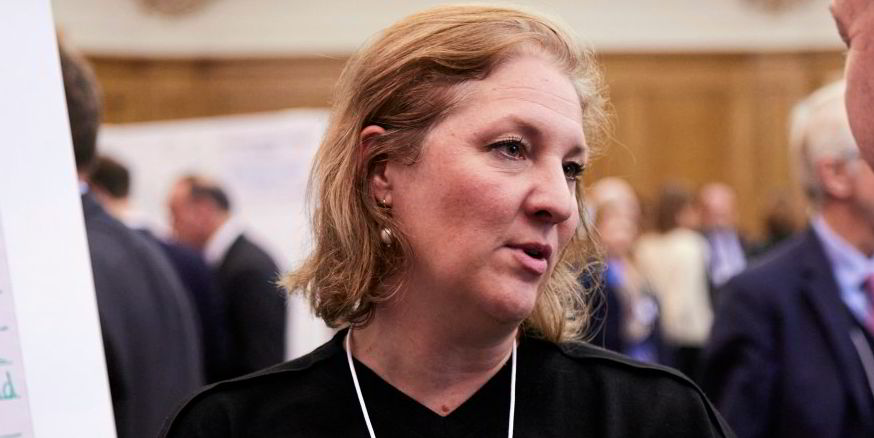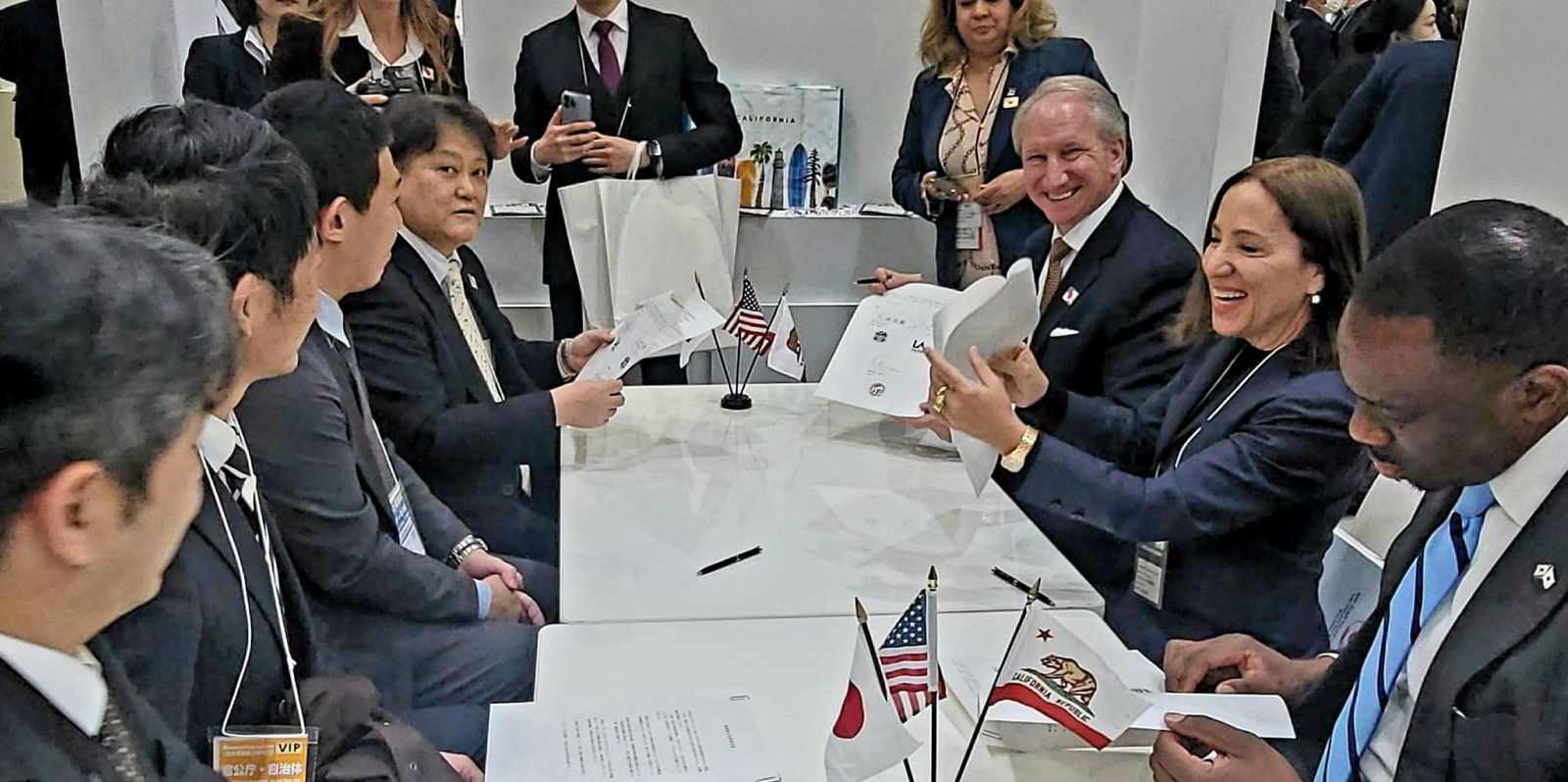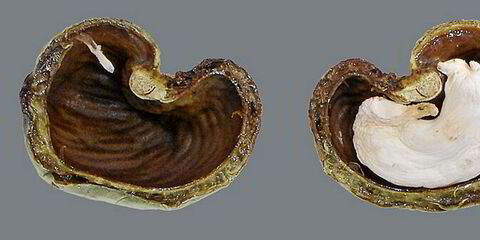Ships powered by clean ammonia could be deployed on a green corridor iron ore trade route between West Australia and East Asia by 2028 and swiftly accelerate to 5% of capacity by 2030, says a consortium of BHP, Rio Tinto, Oldendorff Carriers and Star Bulk Carriers.
The West Australia-East Asia Iron Ore Green Corridor Consortium was set up a year ago through the Global Maritime Forum (GMF) and has now reported an initial study indicating the core elements for implementing a corridor on the route by 2028 are within reach.
The report said more than 20 vessels could operate on a clean ammonia corridor by 2030, scaling up to roughly 360 vessels by 2050, as long as safety and technological conditions are developed in line with expectations.
The deployment of ammonia-powered ships is possible by 2028 provided the safety case for the use of ammonia as a marine fuel was validated and accepted, and the development of key technologies, such as suitable engines, and regulations remain on track, it said.
Clean ammonia was assessed as the most likely zero-emission fuel for the corridor, and the report said its analysis showed a bunkering infrastructure can all also be achieved.
It said enough clean ammonia will be available to meet the corridor’s near and long-term requirements, should production scale up as expected. Demand could be fully met by Australian clean ammonia but fuel could also be imported from other production locations.
The Pilbara region of Australia is a viable option for bunkering to avoid costly deviations and Singapore is well-positioned to serve as a bunkering hub, the study said.
GMF chief executive Johannah Christensen said the study demonstrated keen industry interest to decarbonise the region’s supply chain.
“What is needed now to accelerate the development of this green corridor is public sector support,” she said.
Continued collaboration and coordinated action across the corridor’s value chain and the development of commercial frameworks are still required, and the Getting to Zero Coalition has set up an Australia-East Asia Iron Ore Corridor Task Force to act as a forum to explore these issues.
Rashpal Bhatti, vice president for maritime and supply chain excellence at BHP, said the consortium’s data-led work with the GMF indicates the feasibility of using clean ammonia on vessels on the West Australia to East Asia corridor.
“In line with our net zero ambitions, we seek to influence this supply chain, with our ecosystem partners, by creating demand for low and zero-GHG emission fuels and energy efficient vessels,” he said.
Laure Baratgin, head of commercial operations at Rio Tinto, said the corridor was a great opportunity to aggregate green fuel demand and supply.
Scott Bergeron, managing director of global engagement & sustainability at Oldendorff Carriers, said the study had been an excellent opportunity to share perspectives on the feasibility of reducing emissions on the strategic iron ore trade.
He added: “While outside the scope of this report, the safety concerns and environmental risks of ammonia have yet to be adequately addressed. As the safety of our crew is paramount, these challenges must be overcome.”
Star Bulk chief strategy officer Charis Plakantonaki said working with business partners to assess the feasibility of green fuels and technologies had allowed it to examine the potential for the demand, supply and bunkering of clean ammonia on an important trade route for its larger vessels.





